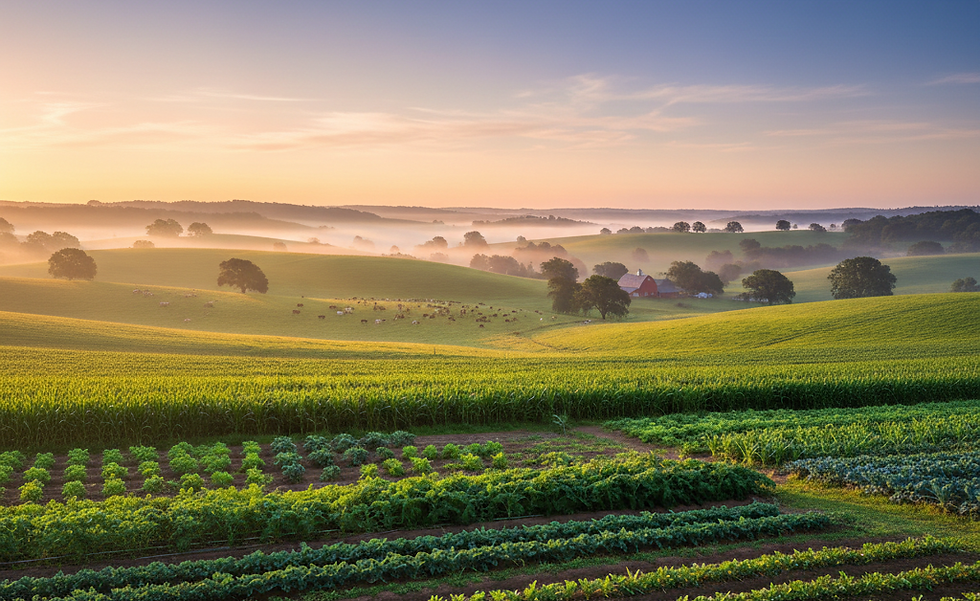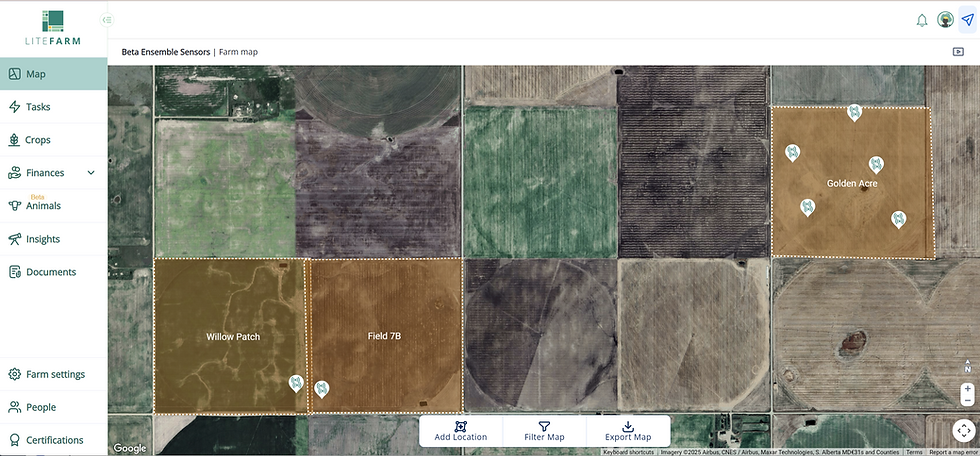Agroecology: What is it?
- David Trapp
- Jan 19, 2024
- 2 min read
Updated: Jan 22, 2024
Dear LiteFarm Community,
You might have encountered the term "agroecology" in our recent discussions about LiteFarm's participation in the Brazilian and Argentinian Congresses on Agroecology or when we shared this article about LiteFarm supporting agroecology in Latin America. This might lead you to ask: what exactly is agroecology? Today, we will briefly explain this concept, with a focus on its practical aspects. Next week, we will look at how LiteFarm aims to support the agroecology movement.
Agroecology is a science, social movement, and practice. The term was coined by the Russian agronomist Basil Bensen in 1928 as the application of ecological principles in agroecosystems. Today, it is an interdisciplinary scientific field covering environmental, socioeconomic, and cultural dimensions. In the 1970s, agroecology became associated globally with social movements, particularly those advocating for social justice and food sovereignty among family farmers, small-holder farmers, and indigenous communities.

Photo credit of CEPAGRO
Many of you might be familiar with the concept of organic agriculture and while there is some overlap, agroecological practices extend beyond that. It involves various practices such as the use of cover crops, green manure, reduced tillage, and diversification techniques like crop rotation, intercropping, and agroforestry. It also addresses commercialization issues; advocating for closer relationships between producers and consumers through more direct channels, such as farmer’s markets or community supported agriculture.

Photo credit of CEPAGRO
This set of practices have the potential to create positive environmental and socioeconomic farming outcomes. For example, by using cover crops, farmers can reduce both the need for external harmful inputs as well as costs. Agroforestry systems, for instance, simultaneously promote environmental restoration and strengthen food security. And reduced tillage practices not only conserve the soil, it also decreases labour intensity.

Photo credit of CEPAGRO
Agroecology, like most forms of sustainable agriculture, can have varying definitions depending on who you ask and their context. But, like all forms of sustainable agriculture, the end goal is the same: to grow healthy food sustainably, not just for the planet, but for growers and consumers as well.
Stay tuned to learn more about how LiteFarm is connected to agroecology in our next press release.
Happy farming!
The LiteFarm team



Comments